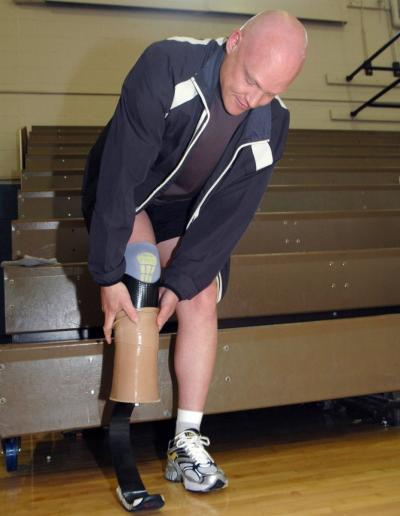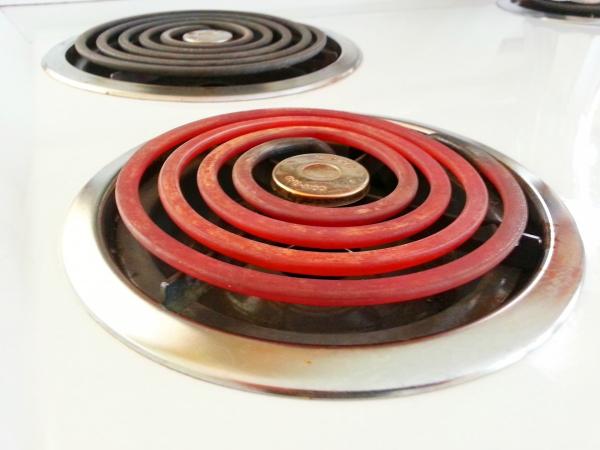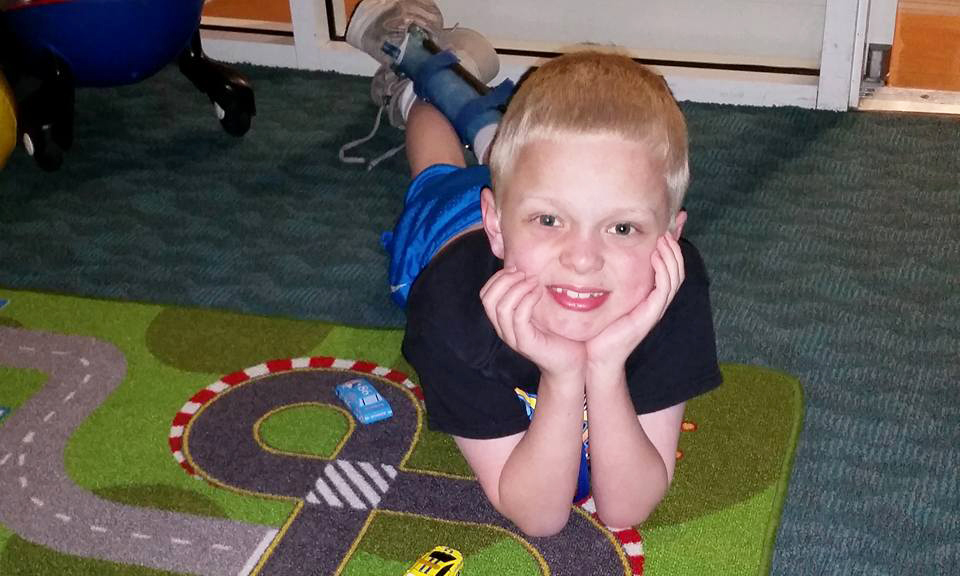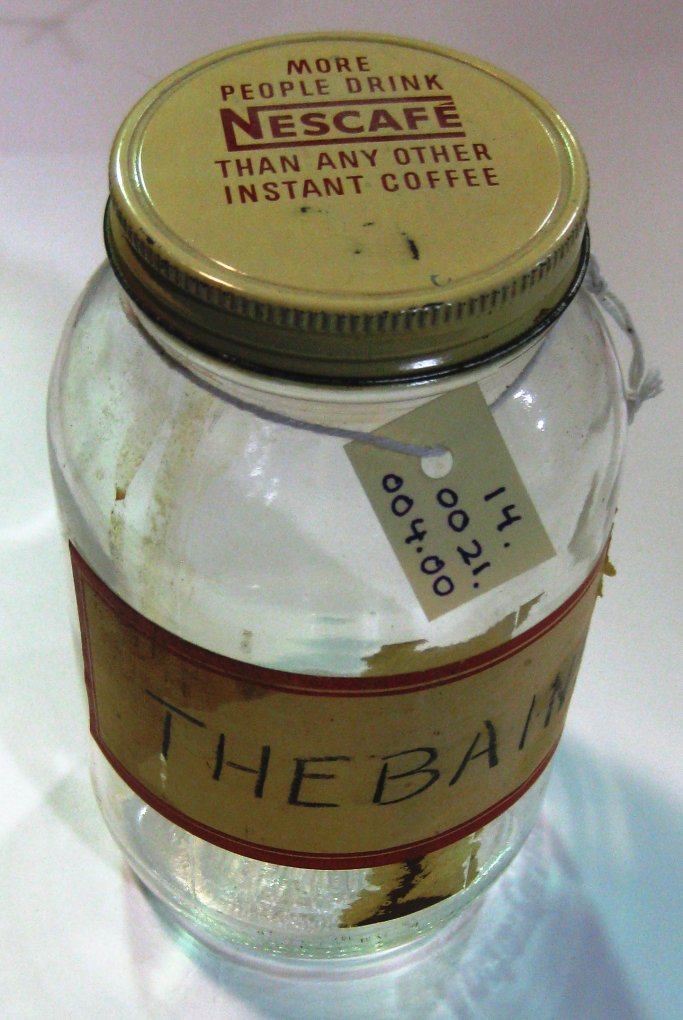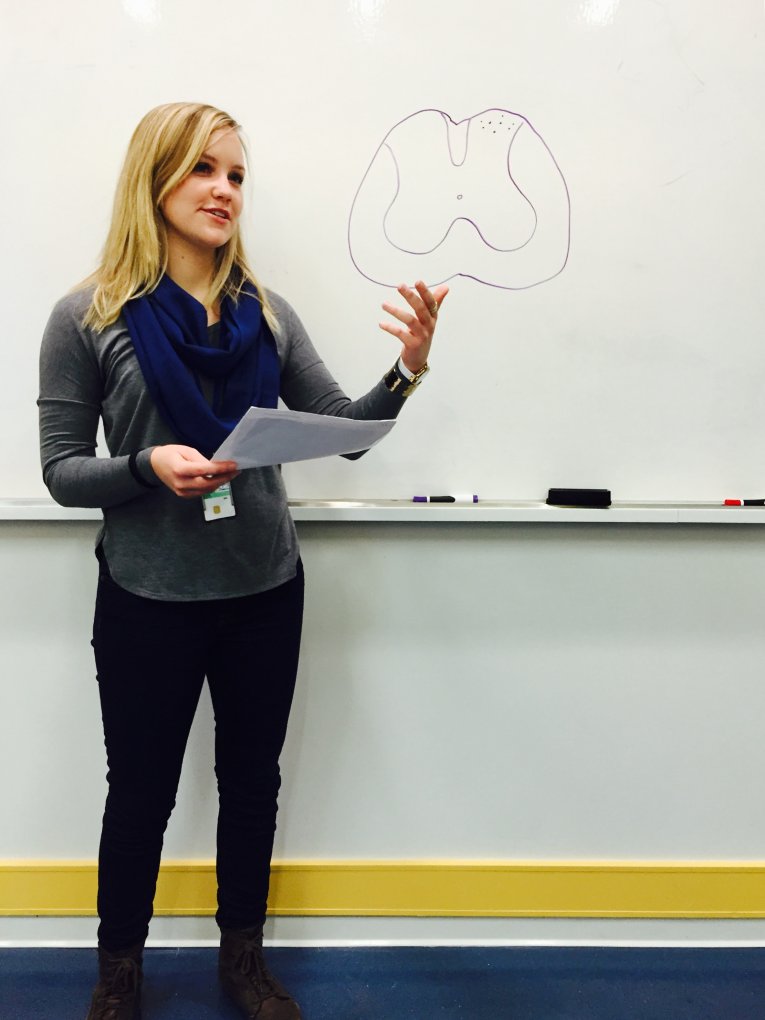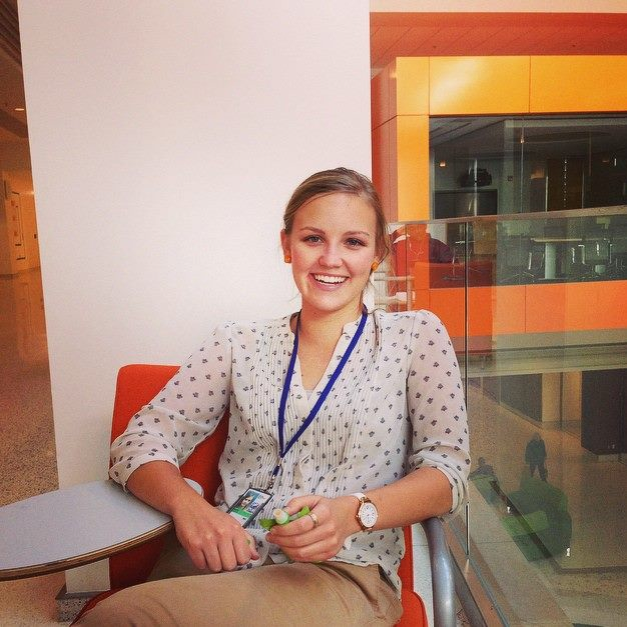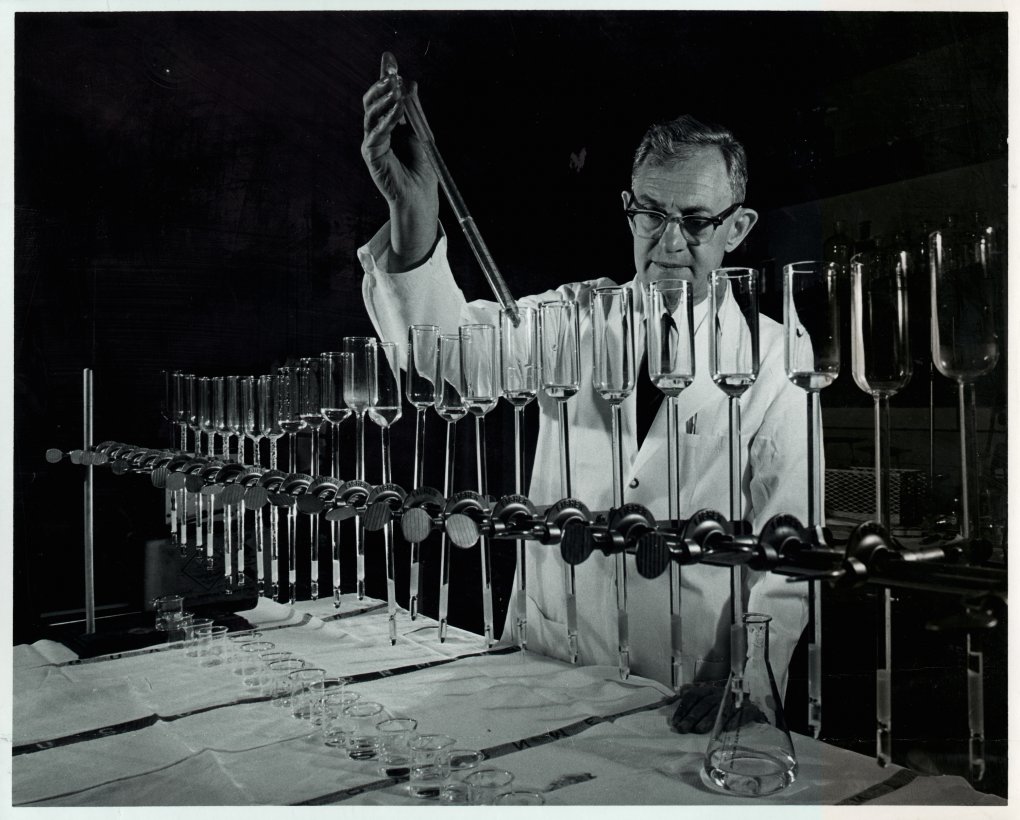Mirror Therapy Alters Brain Response in Phantom Limb Patients
Neuroimaging Could Help Tailor Treatment for Amputees
Our brains frequently cause us to perceive things that are not real, from high-pitched ringing in an empty room to dancing spots in our vision after staring at a bright light. Even more strangely, people with phantom limb syndrome feel sensations, including pain, in arms and legs that they no longer have. New IRP research into the brain mechanisms underlying phantom limb pain could help hone treatment for individuals living with the condition.

